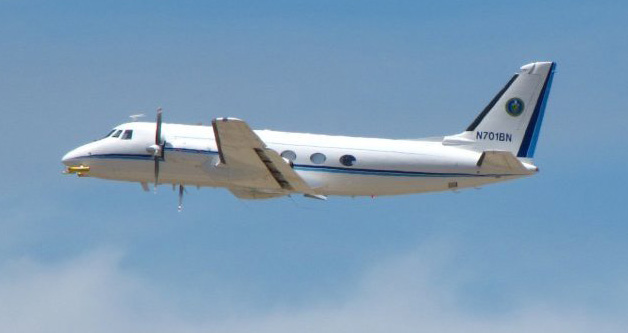Crewed Facilities
The U.S. Department of Energy (DOE) funded the purchase of a Bombardier Challenger 850 regional jet to expand ARM’s scientific data collection capabilities. It will replace the retired Gulfstream-159 (G-1) twin turboprop research aircraft, which served ARM from 2009 to 2018.
ARM has also deployed multiple aircraft platforms from outside DOE to address diverse science requirements.
Challenger 850

The Bombardier Challenger 850, which is owned by DOE and will be operated by Pacific Northwest National Laboratory for DOE, is expected to be ready for its first ARM campaign in fiscal year 2025. It will be modified from its current business jet configuration to accommodate ARM instrumentation, both within and outside the aircraft.
The Challenger 850 will allow for additional types of aerial sampling, with more power to climb, longer endurance, and a higher maximum altitude allowing, for example, the study of mixed-phase and cirrus clouds.
Gulfstream-159 (Retired)

Owned by Battelle Memorial Institute since 1988 and operated by Pacific Northwest National Laboratory for DOE, the Gulfstream-159 (G-1) served as an airborne atmospheric research laboratory for DOE and other users. Previous G-1 campaign data remain available in the ARM Data Center.
Keep up with the Atmospheric Observer
Updates on ARM news, events, and opportunities delivered to your inbox
ARM User Profile
ARM welcomes users from all institutions and nations. A free ARM user account is needed to access ARM data.


















